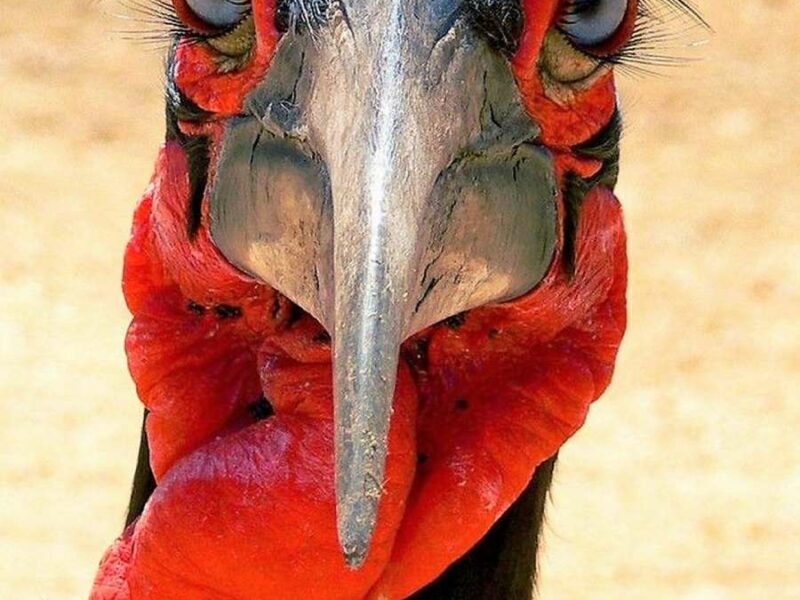A yellow penguin, a rare sight indeed, was recently spotted amidst the vast expanse of a King penguin colony on an island in South Georgia. The discovery, made by the talented Belgian photographer Yves Adams, has stirred both excitement and intrigue among wildlife enthusiasts worldwide. This unique penguin’s unusual yellow plumage is attributed to a condition called leucism, wherein melanin production is only partially lost, allowing certain parts of its body to retain color. However, experts hold varying opinions regarding the precise nature of the penguin’s condition, suggesting that further research is warranted to fully understand its genetic makeup and its implications for penguin populations.

The revelation of the yellow penguin has not only fascinated nature lovers but also sparked discussions among scientists. It serves as a striking example of the genetic diversity present within penguin species and raises questions about the mechanisms underlying pigmentation in these fascinating birds. Could this discovery signify the emergence of a new class of feather pigments, or does it represent a singular anomaly in the natural world? These are just some of the questions that researchers are eager to explore in the wake of this remarkable find.


In summary, the appearance of the yellow penguin represents a significant event in the realm of wildlife photography and scientific inquiry. Its discovery offers a glimpse into the intricacies of avian genetics and provides a platform for further investigation into the mechanisms driving color variation in penguin populations. As researchers continue to unravel the mysteries surrounding this enigmatic creature, the yellow penguin stands as a symbol of the ongoing exploration and appreciation of the natural world.
Image credit: Yves Adams – Nature Photographer
Text credit – Earth Unreal





